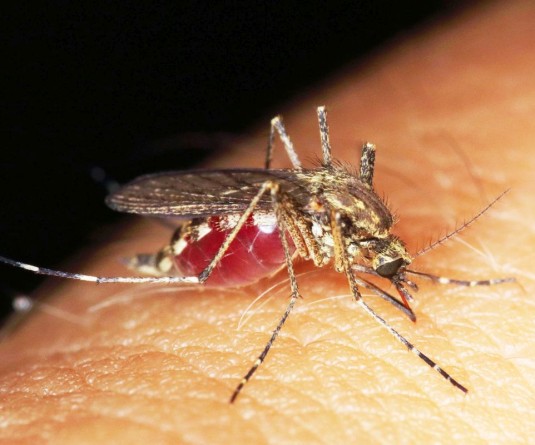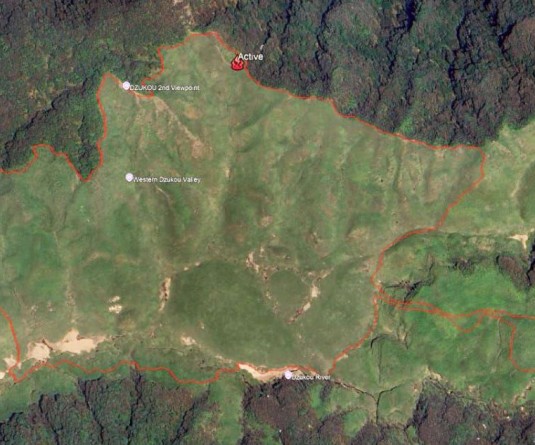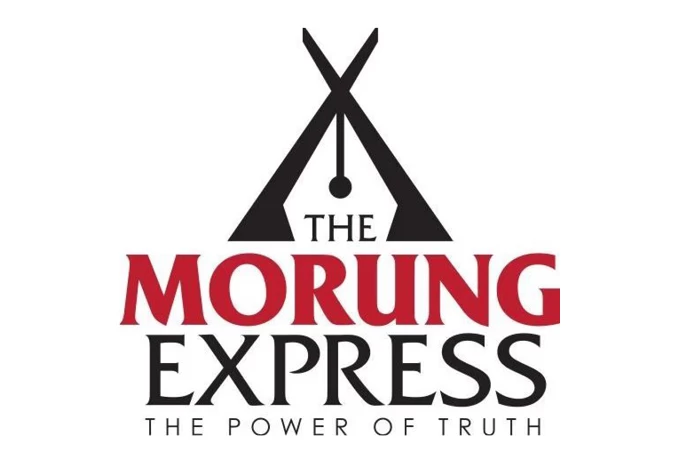
Our Correspondent
Kohima | July 9
Nagaland contributes 0.16% to India’s total population, and ranks 25th in the total population among Indian states and Union Territories (UTs). In 2001, the corresponding figure was 0.19%. Ranking remained unchanged. Nagaland’s contribution to the country’s total population growth of 17.65% or 181 million people in 2001-2011 was - 0.01% or in absolute figures- 9434 compared to 0.43% or 780,490 (in absolute figures) in 1991-2001.
According to 2011 provisional population totals, Nagaland has a total population of 1980602, comprising of 1025707 males and 954895 females. Its rural population amounting to 1406861, comprises of 724595 males and 682266 females and its urban population is 573741 with male population of 301112 and female population of 272629.
Census 2011 in Nagaland recorded a negative growth rate in total population by -0.47% which is unusual pattern in population growth. This may be attributed to the inflation in population growth recorded in the previous census conducted in 2001. The Census of India 2011- Provisional Population Totals Paper 2, Volume II of 2011 (Rural- Urban) distribution, Nagaland series 14 was released here last week by Directorate of Census Operations, Nagaland.
Out of the total decline-9434 persons in the total state population, the males decreased by -21434, and females increased by 12000. In the rural areas, the male population declined by -135121 and increased by 113687 in urban areas. Female population decreased by -105267 in rural areas and increased by 117267 in urban areas.
Similar to the trend in India, in Nagaland the rural population outnumbers the urban population. While the country’s urban population is 31.16% and the remaining 68.84% accounts for the rural population, Nagaland urban population is 28.97% and its rural population comprises 71.03% of the total population. However like the rest of the world, there is a pattern of migration from rural areas to urban areas even in Nagaland.
The rural population has decreased by -14.59%, a decline of -240388 persons. The male rural population decreased by -15.72% or 135121 ad female by -13.37% or 105267. On the other hand, there has been a huge increase in the urban population, with total increase of 67.38%, with male population accounting for an increase of 60.66% ad and increase of 75.48% in females.
The growth rate of population in various districts in the State indicates a highly inconsistent pattern when compared to Census 2001. The districts of Mon, Mokokchung, Zunheboto, Longleng and Kiphire have shown a decline in growth rate, ranging from -3.83% in Mon district to -58.39% in Longleng district., which recorded the highest negative growth rate in the state as well as the country.
The district of Kiphire which has an increase of 95.64% in 2001 in its total population had a decline of -30.54% in 2011, a decrease of 32,558 persons in absolute figures. Similarly, the district of Zunheboto which increased by 60.01% in 2001 declined by -8.79% in 2011, a decrease of 13, 584 in absolute figures.
The districts which had a decadal increase in population are Wokha, Dimapur, Phek, Tuensang, Kohima and Peren. Wokha had an increase of 95.16 % in 2001; further increased by another 3.11% in 2011, an increase of 5016 in absolute numbers. Dimapur and Kohima districts have the highest increase in total populations; 71595 persons or 23.23% in Dimapur districts and 49895 persons or 22.66% in Kohima district. Tuensang district has also been following an increasing trend, viz. 78.11% and 5.81% in 2011. Phek district which has a decadal increase in 2001 at 45.07% saw a further increase of 10.19% (15099 persons) in 2011.
In 2001, the increase in population among the districts varied from 43.81% to 105.60% whereas in 2011, five districts out of 11 districts had a decline in total population. Among the six districts of Kohima, Dimapur, Phek, Peren, Tuensang and Wokha, which show increase in total population, except for Kohima and Dimapur, the other four districts have a much lower growth rate as compared to the country’s average growth rate of 17.64% i.e Phek with a growth rate of 10.91%, Peren with 4.61%, Tuensang with 5.81% and Wokha with 3.11%.
Altogether, 7 districts have shown a decline in its rural population, with Longleng having the highest decline by -64.65%, followed by Kiphire with a decline of -46.02% and Mokokchung with a decline of -31.54%. Four districts, namely Wokha, Phek, Kohima and Tuensang had an increased in its rural populations in 2011, with Wokha having the highest increase of 6.20% and other three districts with a marginal increase of around 2%.
The district of Wokha has exhibited an unusual growth pattern where there is a decline in urban population and an increase in rural population, being the only district in the state to do so. The overall increase in its rural population is 6.20% (7660) and decrease in urban population is -7.04% (-2651).
Dimapur district is the most populous district in Nagaland, with a total population of 3, 79, 769. The proportion of its population to the state population is 19.17%. Kohima and Mon districts stand 2nd and 3rd with a total population of 2,70,063 and 2,50,671 respectively.
Kiphire and Longleng districts rank lowest in population totals with 74,033 and 50, 593 persons respectively.
Dimapur has retained its number 1 position from 2001, while Mon and Mokokchung which were ranked 2nd and 3rd in 2001 have slipped to 3rd and 5th position respectively. Kohima which was ranked 4th in 2011 has moved up to 2nd place.





